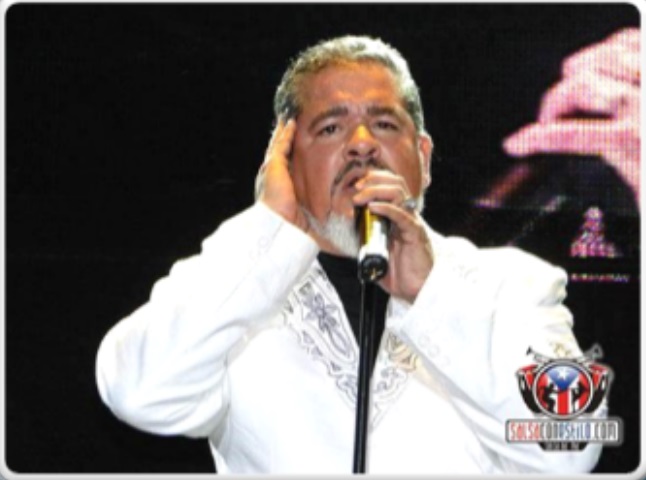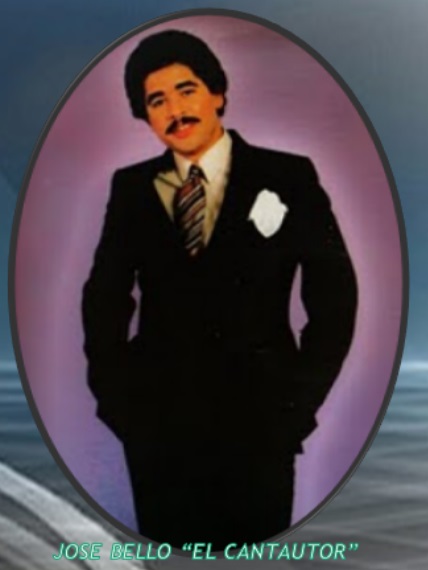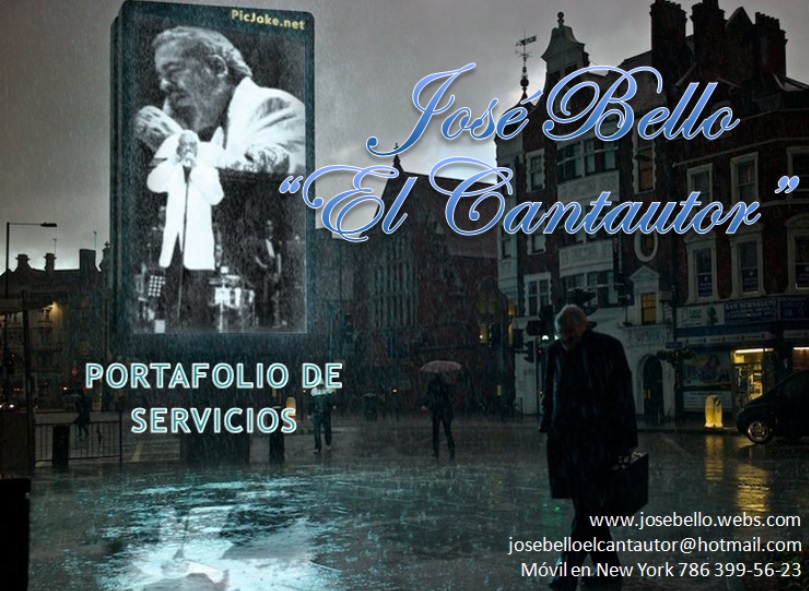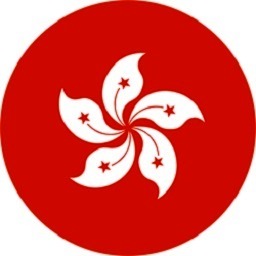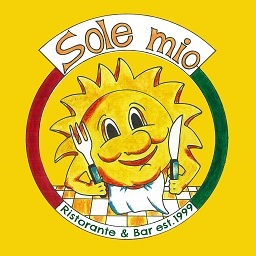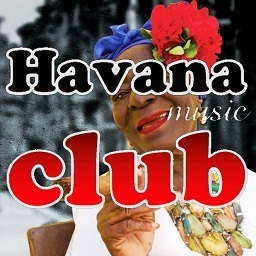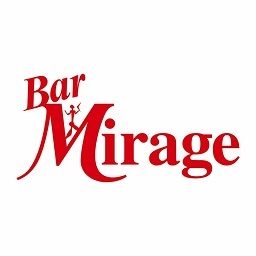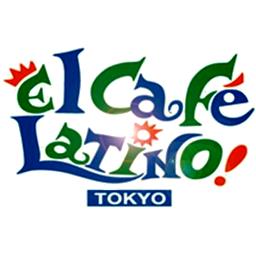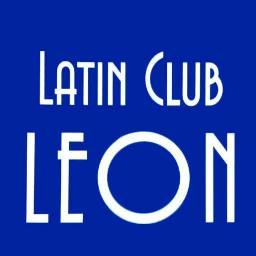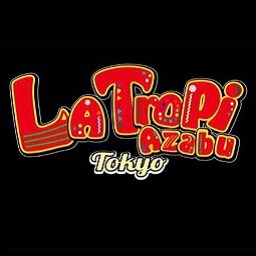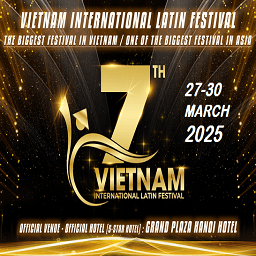Latin America / Venezuela / Caracas

Letty Sandoval, a Venezuelan singer who has lived in New Jersey for more than 20 years, currently performs at private events in The Big Apple performing her repertoire, and her two recent promotional singles ¨Only You¨ a Musical Production and Arrangement by the Trumpeter. Cuban Agustín Someillan García and as a special guest the Venezuelan Pianist Juan Pulía Liendo Hernández and with them the outstanding Percussionist Luis Mangual from New York in the Bongo, his second single ¨Pesar¨ a Composition of the Arranger, Pianist and Guitarist the Dominican Rafael ¨Bullumba¨ Landestoy Duluc, and again Juan Pulia Liendo Hernández in Production, Direction and Arrangement.
¨Sandovaleando¨

